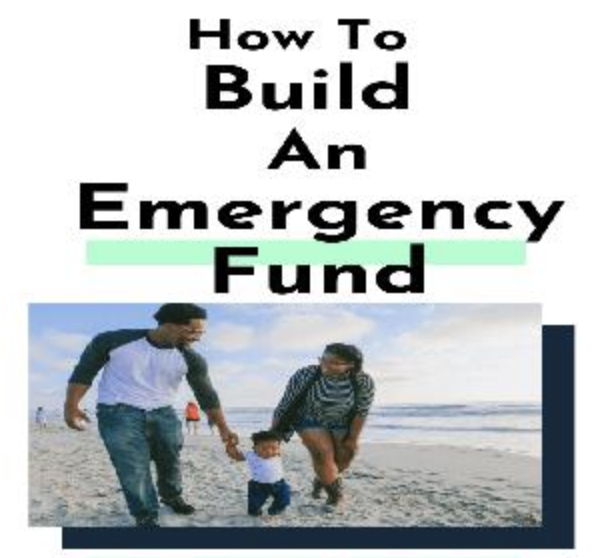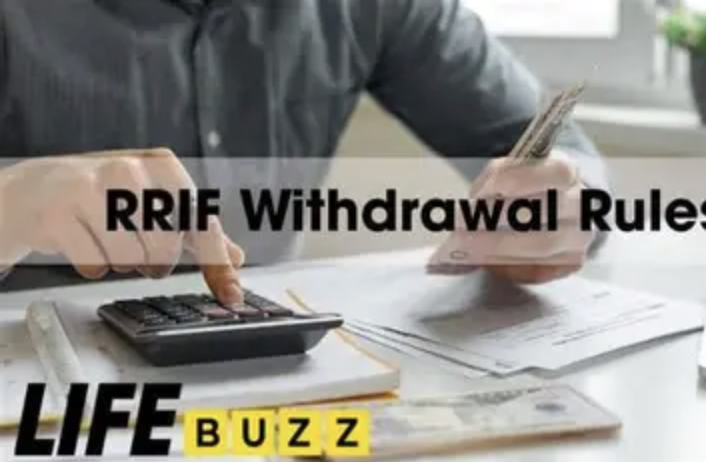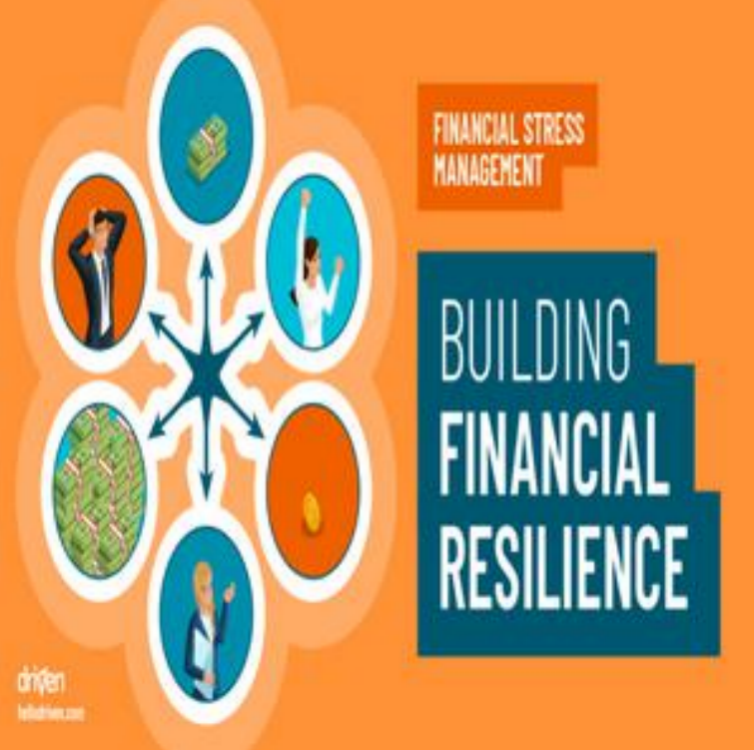“Tiered Reserve System” Beyond Basic Savings
Disregard the typical advice about a “single emergency account”—wealthy families benefit from a three-tier approach. To start, a quick-access tier comprising 10-15% of the total fund should be kept in high-yield cash accounts for immediate needs such as urgent home repairs or unexpected medical travel. The second tier, a short-term liquid section making up 40-45%, can be allocated to ultra-short-duration bonds or money market funds. These investments yield slightly better returns than cash while remaining accessible within 1-2 weeks. Finally, the growth buffer tier, constituting 40-50% of the fund, should be invested in low-volatility assets like blue-chip dividend stocks or gold ETFs that maintain their value during crises. This framework enhances both accessibility and growth potential, unlike unyielding cash reserves that diminish in value due to inflation.

“Fund Size Tailored to Unique Risks”
Steer clear of the “3-6 months of expenses” guideline—determine your family’s specific hazards instead. A family operating a private business, for instance, might need to set aside 12-18 months’ worth of essential expenses (like mortgage, healthcare, or educational fees) to cushion against possible revenue declines. Additionally, families with high-net-worth properties (such as luxury homes or collectibles) should have extra reserves to avoid being forced into asset sales during downturns. They should consider adding 20-30% more to the fund for asset upkeep or temporary cash shortages. Customizing the size of the fund ensures it genuinely protects your family rather than merely conforming to a broad standard.
“Tax-Efficient Contributions: Reduce Withdrawal Impact”
When building your emergency fund, focus on tax-advantaged sources to maintain value. Aim to utilize after-tax investment gains, such as selling a portion of appreciated stocks with minimal capital gains, rather than tapping into tax-deferred accounts like 401(k)s or IRAs—early withdrawals from these can lead to penalties and loss of long-term growth. Business owners should direct a segment of their annual profits to the fund pre-tax, using tax-deductible business reserves to lower taxable income while boosting security. This approach enables you to fortify the emergency fund without sacrificing wealth to excessive taxes.

“Routine Stress Testing: Explore Crisis Situations”
Avoid neglecting the fund; conduct quarterly “crisis simulations” to assess its readiness. For instance, imagine a scenario where the main earner faces a six-month income loss plus a $200,000 home renovation due to structural issues. Evaluate whether the three-tier fund can meet these expenses without necessitating asset sales or disrupting long-term investments. If there are deficiencies (for example, needing to sell from the growth buffer tier at a loss), modify the allocation—consider enhancing the amount in the short-term liquid tier or raising the margin line limit. This proactive evaluation ensures that the fund is reliable during critical moments.

“Distinguish Between True Emergencies and Minor Ones”
To avoid depleting the fund for non-essential expenses, establish clear “emergency criteria” from the outset. Agree that the fund should only cover situations that jeopardize financial stability, such as job loss, urgent medical treatment, significant property damage, or crucial business crises. Exclude discretionary expenses, like a sudden luxury getaway or purchasing a new car after an insured accident, by keeping a smaller “spontaneous fund” separately. This differentiation safeguards the emergency fund from impulsive withdrawals, ensuring it remains intact when genuine emergencies arise.





